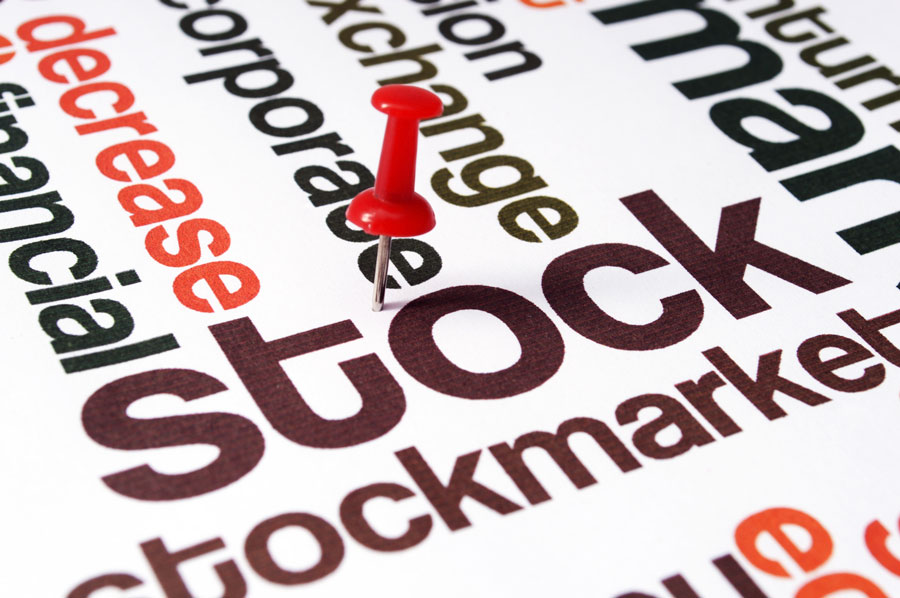According to The West Australian, there are two main lessons from the 2016 earnings season. First, the Australian economy is well and truly in a low-growth era and second the earnings-growth potential of some of the nation’s favourite blue-chip stocks is not invincible. The economy is now basically a zero-sum game and few companies have any pricing power left. For example, CBA chief executive Ian Narev admitted last week over the medium term the bank could only grow profits at roughly the same rate as GDP.
This is creating an inter-generational structural problem, because policy overly skewed to supporting the housing market is continuing the Australian ‘tradition’ of making the community debt slaves to the banks.
Solid dividend growth has proved not to be nearly as bankable as many income-dependent investors believed.
The market severely punished companies that missed forecasts or downgraded guidance but, by and large, they have ignored the steady lowering of the earnings bar over which companies are expected to jump.
No doubt most long-term shareholders have not yet lost faith in the profit potential of Wesfarmers, Commonwealth Bank and its three major bank rivals, the corporate behemoths that straddle the Australian continent like no others.
But it can no longer be argued they do not carry real downside profit risks as wage growth limps along at record lows, the workforce is increasingly “casualised” and world-beating household debt levels nudge 125 per cent of GDP, all of which pose severe risks to bad debts and weak spending trends.
This means the economy is now basically a zero-sum game and few companies have any pricing power left.
The management fad of cost-cutting to profit growth is perpetuating a negative feedback loop into deflating nominal GDP growth — growth not adjusted for inflation — that has begun to bite hard into revenue and profit potential in Australia and around the world.
One company’s cost saving is another’s lost revenue but there is little “fat” left to be cut after three years of corporate austerity to pay the juicy dividends investors have demanded.
CBA chief executive Ian Narev admitted last week over the medium term the bank could only grow profits at roughly the same rate as GDP, and that’s true for a Wesfarmers and many of the bigger companies too.
Nominal GDP roughly equates to the sum of the transactions upon which all companies can draw revenues and profits, and it has has sunk to a 60-year low of 2.1 per cent, a third to a quarter of levels prevailing prior to 2007.
That’s why even with a dominant national consumer footprint Wesfarmers’ Coles managed just 4.2 per cent revenue growth as rival Woolworths headed headed into a tailspin, reporting a 1.2 per cent drop in revenue last year. The average of their sales growth equates to nominal GDP growth.
CBA once demanded a 20 per cent price-earnings valuation premium to its rivals but the country’s biggest lender grew earnings just 2 per cent as the banking regulator began to rein in east-coast speculators driving house-price growth at multiples to income growth.
Overall, with just a handful of companies still to report, earnings have dropped about 8.5 per cent, dragged down by an average 48 per cent slump in resource profits — 15 per cent down for miners and a whopping 60 per cent for energy stocks.
Along with banks, industrial earnings have slipped too, down about 3 per cent on average according to Deutsche Bank analyst Tim Baker.
“Momentum is still strong for those with US dollar exposure, and for many domestic cyclicals,” he said.
“But falling profits in food retail and non-bank financials have hurt, as has ongoing softness in resource-exposed earnings.”
But analysts have tried to remain upbeat, supporting high valuations and slimmer dividend yields for now.
UBS strategist David Cassidy said, “defying the naysayers”, the 2017 outlook for S&P-ASX 200 stocks was a positive 6 per cent for the average non-resource stock.
Forecasts are one thing, however, and meeting them another, something all too many company executives and shareholders are learning the hard way after being mesmerised by lofty share prices and fooled by headline “real” GDP and unemployment data.
Over the past six years every rate cut has been forecast to be the bottom by growth optimists and yet nominal GDP has continued to decline deeper into recession levels with little room left to cut further.
“Our nominal growth today is lower than our real growth, by a full percentage point,” Treasurer Scott Morrison said this week.
“This is an uncommon predicament and a core challenge in working to bring the budget back to balance.”
Outgoing Reserve Bank governor Glenn Stevens pointed to the problem two weeks ago when he said “someone, somewhere” needed to be willing to borrow money and spend it.
Strategists at Patersons explained why this was difficult.
“Policy overly skewed to supporting the housing market is continuing the Australian ‘tradition’ of making the community debt slaves to the banks and is a huge disservice to the next generation who also need to afford to buy shelter, along with things like a university education that used to be supplied by the government through the taxation system in a former world where promoting higher community education was seen as economically beneficial and worth supporting,” they said.
“There is too much passive investment in the Australian economy, passive, idle cash sitting in assets like housing and stocks, and not enough funds pushing productivity, technological initiatives and creating real tangible benefits for the economy and wider community.”

